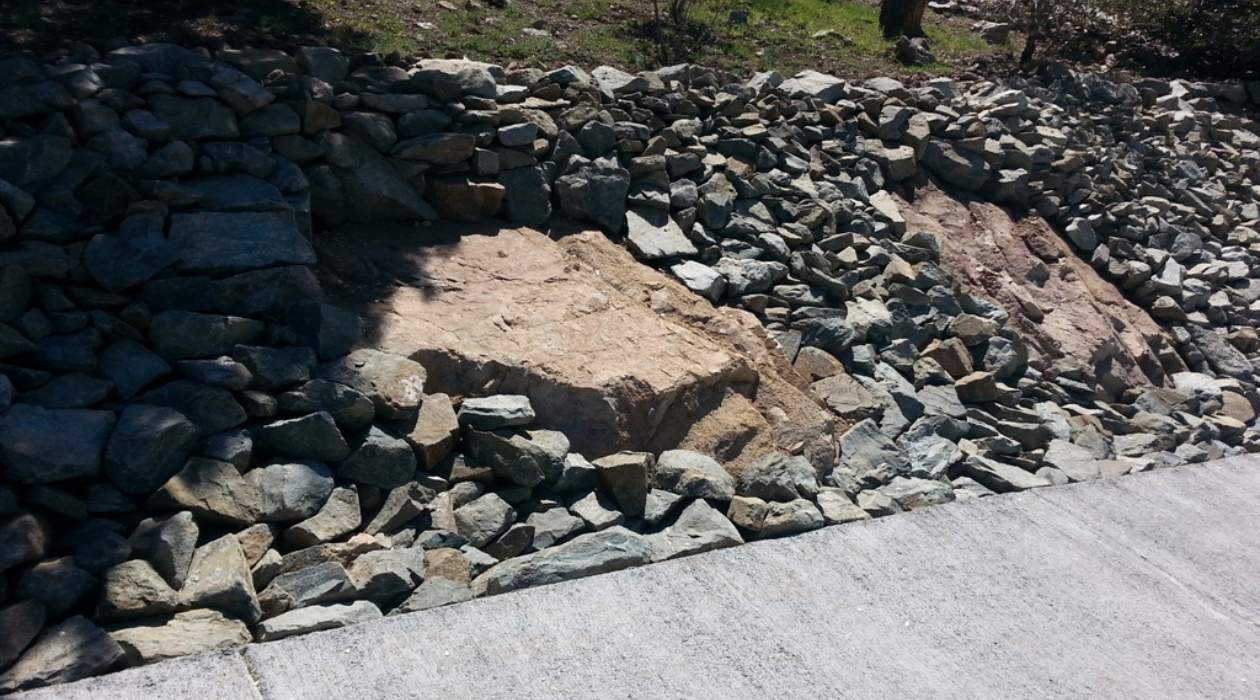

Articles
How To Fix Driveway Erosion
Modified: August 28, 2024
Learn effective strategies to fix driveway erosion with these helpful articles. Find expert tips and advice on preventing and repairing erosion for a durable and long-lasting driveway.
(Many of the links in this article redirect to a specific reviewed product. Your purchase of these products through affiliate links helps to generate commission for Storables.com, at no extra cost. Learn more)
Introduction
Driveway erosion is a common problem that many homeowners face. It can occur due to various reasons such as heavy rainfall, poor drainage, improper construction, or simply the passage of time. Not only does driveway erosion decrease the aesthetic appeal of your property, but it can also lead to structural damage that requires expensive repairs.
In this article, we will delve into the causes of driveway erosion, how to assess the severity of the issue, and steps you can take to fix and prevent it. By following these guidelines, you can restore the functionality and beauty of your driveway, and protect your investment for years to come.
Key Takeaways:
- Understanding the causes of driveway erosion, assessing its severity, and using the right tools and materials are crucial for effective repairs. Implementing preventive measures can prolong the lifespan of your driveway and enhance your property’s curb appeal.
- By addressing poor drainage, managing vegetation, and applying sealant, you can prevent future driveway erosion. Regular maintenance and proactive steps will ensure a durable and visually appealing driveway for years to come.
Read more: How To Fix A Sinkhole In The Driveway
Understanding Driveway Erosion
Driveway erosion refers to the wearing away of materials that make up your driveway’s surface, such as gravel, asphalt, or concrete. It can occur gradually over time or be accelerated by certain factors.
One of the main causes of driveway erosion is water. When rainwater or melting snow cannot properly drain off your driveway, it collects in pools or flows across the surface. This constant water flow can wear away the driveway materials and create channels or ruts. Additionally, poor drainage systems or inadequate slope can contribute to water pooling and erosion.
Another factor that can lead to driveway erosion is heavy traffic or improper use. Constant vehicle movement, especially with heavy loads or sharp turns, can cause the driveway surface to deteriorate and erode over time.
Overexposure to the elements is also a contributing factor. UV radiation from the sun, harsh weather conditions, and freeze-thaw cycles can weaken the driveway materials. This weakening makes them more susceptible to erosion and damage.
Finally, the quality of the driveway construction plays a significant role in erosion. If the driveway was not properly installed, with proper compaction and base materials, it can be more prone to erosion. Poor construction techniques can lead to weak spots and cracks, which allow water to seep in and erode the surface. It’s important to ensure that your driveway is constructed correctly to minimize erosion risks.
Understanding the causes of driveway erosion is essential in developing effective strategies to fix and prevent it. By addressing the root causes, you can implement targeted solutions that will provide long-lasting results.
Common Causes of Driveway Erosion
Driveway erosion can occur due to a variety of factors. Understanding these common causes can help you identify the root of the problem and take appropriate measures to fix and prevent it. Here are some of the most frequent causes of driveway erosion:
- Insufficient drainage: Poor drainage is one of the leading causes of driveway erosion. When water is not properly directed away from the driveway, it can accumulate and cause erosion. This can be due to a lack of sufficient grading or inadequate or clogged drainage systems.
- Heavy rainfall: Areas with heavy rainfall are more prone to driveway erosion. The force of the rainwater can wash away the driveway surface and create channels or ruts. If your driveway is not designed to handle heavy precipitation, erosion can become a significant issue.
- Poor construction: A poorly constructed driveway is more susceptible to erosion. If the driveway was not properly compacted, lacks a sturdy base, or uses inferior materials, it can deteriorate quickly, leading to erosion.
- Improper use: Overloading your driveway with heavy vehicles or equipment can accelerate erosion. Additionally, sharp turns, excessive braking, or aggressive driving can cause wear and tear on the surface and lead to erosion.
- Vegetation: Trees, shrubs, and other vegetation that are too close to the driveway can contribute to erosion. The roots can penetrate the driveway surface, causing cracks and weakening the structure. Additionally, leaves and debris can accumulate on the driveway, trapping moisture and leading to erosion.
- Freeze-thaw cycles: In areas with cold climates, freeze-thaw cycles can contribute to driveway erosion. When water seeps into cracks and pores in the driveway and freezes, it expands, putting pressure on the surface. This expansion and contraction can cause cracks and breakage, accelerating erosion.
By understanding these common causes of driveway erosion, you can evaluate your specific situation and take appropriate steps to address the issues effectively.
Assessing the Severity of Driveway Erosion
Before you can start fixing driveway erosion, it’s essential to assess the severity of the problem. This will help you determine the appropriate course of action and the extent of repairs needed. Here are some steps to help you assess the severity of driveway erosion:
- Visual Inspection: Begin by visually inspecting your driveway. Look for signs of erosion such as cracks, potholes, ruts, or uneven surfaces. Note the size, depth, and extent of the damage. This will give you a general idea of the severity.
- Measure Depth and Width: Use a measuring tool, such as a ruler or tape measure, to determine the depth and width of any cracks or potholes. This will help you gauge the extent of the erosion and the necessary repairs.
- Water Pooling: Observe the driveway after rainfall or watering to identify areas where water is pooling or not draining properly. These areas indicate potential erosion problems that need to be addressed.
- Structural Integrity: Assess the overall structural integrity of the driveway. Check for any signs of sinking, slanting, or shifting, as these issues can indicate more severe erosion and underlying problems.
- Professional Assessment: If you’re unsure about the severity of the erosion or if you notice extensive damage, consider getting a professional assessment. A driveway contractor or engineer can provide a detailed evaluation and recommend the appropriate repairs.
By assessing the severity of driveway erosion, you can determine whether the issue can be resolved with simple repairs or if more extensive measures are required. It’s important to address the problem promptly to prevent further damage and ensure the longevity and safety of your driveway.
Tools and Materials Needed
When it comes to fixing driveway erosion, having the right tools and materials is crucial for a successful repair. Here are the tools and materials you will need:
Read more: How To Fix A Sinking Driveway
Tools:
- Shovel or excavator: Used for removing loose or damaged materials from the affected areas.
- Rake: Helps level the driveway surface and remove debris.
- Tamper or compactor: Used to compact the repaired areas and ensure a stable surface.
- Trowel or putty knife: Handy for applying patching compounds or fillers.
- Spring rake or broom: Assists in spreading and leveling gravel or other surface materials.
- Pressure washer: Useful for cleaning the driveway surface before repairs.
- Wheelbarrow or bucket: Used for mixing and transporting materials.
- Gloves, safety glasses, and protective clothing: Essential for personal safety during the repair process.
Materials:
- Patching compound or fillers: Used to repair cracks, potholes, or other small damages in the driveway surface.
- Gravel or crushed stones: Utilized for replenishing the driveway surface and improving drainage.
- Asphalt or concrete mix: Required for larger repairs or resurfacing jobs.
- Driveway sealant: Helps protect the repaired surface from future erosion and damage.
- Geotextile fabric or landscaping fabric: Used to reinforce the driveway base and prevent future erosion.
- Drainage materials: Such as drain pipes or gravel, may be necessary to improve water flow and prevent pooling.
Remember to check with your local hardware store or contractor for specific product recommendations based on your driveway’s material and the extent of the erosion.
Having these tools and materials on hand will ensure that you can tackle the repair project efficiently and effectively, restoring your driveway’s functionality and aesthetics.
One tip for fixing driveway erosion is to fill in any cracks or holes with a suitable driveway patching material, such as asphalt or concrete patch. This will help prevent further erosion and deterioration of the driveway surface.
Step-by-Step Guide to Fix Driveway Erosion
Fixing driveway erosion requires a systematic approach to ensure proper repairs and long-lasting results. Here is a step-by-step guide to help you fix driveway erosion:
- Clean the driveway: Start by thoroughly cleaning the affected area. Remove debris, loose materials, and any vegetation that may be contributing to erosion. Use a pressure washer or hose to remove dirt and grime from the surface.
- Assess and mark damaged areas: Identify the areas that require repair, such as cracks, potholes, or uneven surfaces. Use marking spray paint or chalk to clearly mark these areas for easier reference during the repair process.
- Repair small cracks and potholes: For small cracks and potholes, apply a suitable patching compound or filler according to the manufacturer’s instructions. Use a trowel or putty knife to spread the material evenly and ensure proper adhesion. Allow it to dry completely before proceeding.
- Address larger damages: If you have larger cracks, extensive potholes, or significant surface damage, you may need to use asphalt or concrete mix to make more substantial repairs. Follow the manufacturer’s instructions for mixing the material and apply it to the damaged area. Use a trowel or float to level the surface and create a smooth finish. Allow sufficient curing time before proceeding.
- Replenish gravel or surface material: If erosion has caused a decrease in the driveway’s surface materials, such as gravel or crushed stones, replenish these areas. Spread the material evenly using a spring rake or broom, ensuring a consistent and level surface.
- Improve drainage: Address any drainage issues to prevent future erosion. Install or repair drainage systems, such as French drains or proper slope, to ensure water flows away from the driveway effectively. Use geotextile fabric or landscaping fabric as a barrier to prevent soil and sediment from clogging the drainage system.
- Compact and stabilize: Once the repairs are complete, use a tamper or compactor to compact the repaired areas and stabilize the surface. This will ensure a firm and durable driveway that can withstand future use and minimize the risk of erosion.
- Apply a sealant: For added protection, consider applying a driveway sealant. This will create a barrier against water damage and help prolong the lifespan of the repairs. Follow the manufacturer’s instructions for the application process, including drying and curing times.
- Maintain regular inspections and maintenance: After fixing the driveway erosion, it is important to conduct regular inspections and address any signs of erosion or damage promptly. Perform routine maintenance such as cleaning, clearing debris, and reapplying sealant as needed.
Following these step-by-step guidelines will help you fix driveway erosion effectively and prevent further issues. Remember to prioritize safety during the repair process and consult professionals for assistance, if needed.
Preventing Future Driveway Erosion
Prevention is key when it comes to avoiding driveway erosion in the future. By taking proactive measures and implementing proper maintenance practices, you can protect your driveway from erosion and extend its lifespan. Here are some tips to help prevent future driveway erosion:
- Improve drainage: Ensure that your driveway has proper drainage systems in place. Install French drains, gutters, or culverts to direct water away from the driveway surface. Regularly inspect and clean these systems to prevent clogging and ensure optimal functionality.
- Monitor vegetation: Keep vegetation, such as trees and shrubs, at a safe distance from your driveway. Tree roots can penetrate the surface and cause cracks and structural damage. Additionally, regularly clean up leaves and debris to prevent moisture buildup and potential erosion.
- Maintain a solid base: When constructing or repairing your driveway, make sure it has a solid, compacted base with appropriate materials. This will provide stability and prevent shifting or sinking that can lead to erosion.
- Apply sealant: Regularly apply a driveway sealant to protect the surface from environmental elements such as UV rays, moisture, and chemicals. The sealant will help prevent cracks, deterioration, and erosion. Follow the manufacturer’s instructions for the recommended frequency of application.
- Manage water flow: Redirect water runoff from other areas of your property away from the driveway. Ensure that downspouts and drainage systems are properly directed to prevent excess water from flowing onto or pooling around the driveway.
- Regular maintenance: Perform routine maintenance on your driveway, such as cleaning, sealing, and inspecting for cracks or damage. Promptly address any issues and repair them before they worsen. Regular upkeep will help preserve the integrity of the driveway and minimize the risk of erosion.
- Use caution with heavy loads: Avoid overloading your driveway with heavy vehicles or equipment. Spread the load across the driveway to minimize concentrated pressure. Additionally, avoid sharp turns or sudden braking that can put stress on the surface and lead to erosion.
- Manage winter conditions: Take proactive steps to prevent winter damage that may contribute to erosion. Use snowplows and shovels with plastic edges to minimize the impact on the driveway surface. Avoid the use of chemical deicers that can accelerate erosion and consider environmentally-friendly alternatives.
By implementing these prevention strategies, you can significantly reduce the risk of driveway erosion and maintain a durable and visually appealing surface for years to come.
Read more: How To Fix A Muddy Driveway
Conclusion
Driveway erosion is a common issue that can lead to structural damage and diminish the overall appeal of your property. However, with the right knowledge and proactive measures, you can effectively fix and prevent driveway erosion. By understanding the causes of erosion, assessing its severity, and utilizing the appropriate tools and materials, you can tackle the problem head-on.
A step-by-step approach to repairing driveway erosion ensures that you address the underlying causes and restore the functionality of your driveway. Regular maintenance and implementing preventive measures, such as improving drainage, managing vegetation, and applying sealant, will help prevent further erosion and prolong the lifespan of your driveway.
Remember to prioritize safety during the repair process, wear protective gear, and seek professional assistance if needed. Regular inspections and maintenance will allow you to identify and address any signs of erosion promptly, ensuring the long-term health of your driveway.
By taking proactive steps to fix and prevent driveway erosion, you can not only protect your investment but also enhance the curb appeal of your property. A well-maintained driveway not only provides a functional surface for vehicles but also adds value and beauty to your home.
Now armed with the knowledge and understanding of driveway erosion, you can confidently take the necessary steps to tackle this issue and enjoy a structurally sound and visually appealing driveway for years to come.
Frequently Asked Questions about How To Fix Driveway Erosion
Was this page helpful?
At Storables.com, we guarantee accurate and reliable information. Our content, validated by Expert Board Contributors, is crafted following stringent Editorial Policies. We're committed to providing you with well-researched, expert-backed insights for all your informational needs.
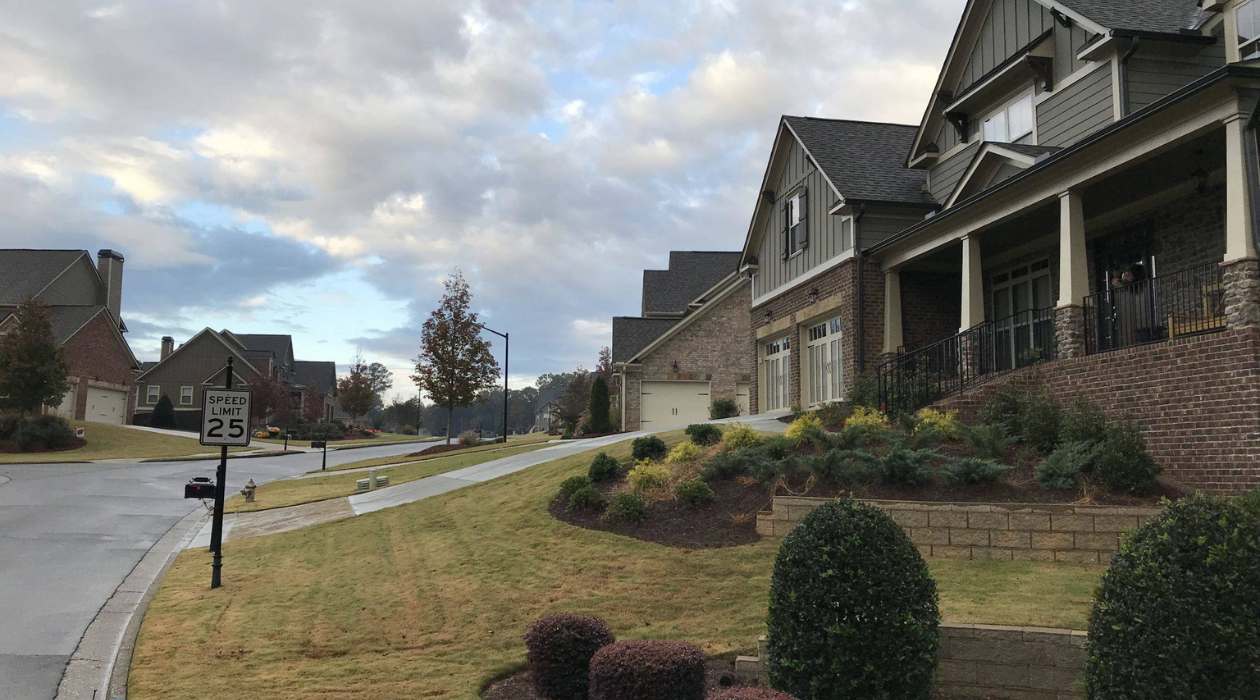
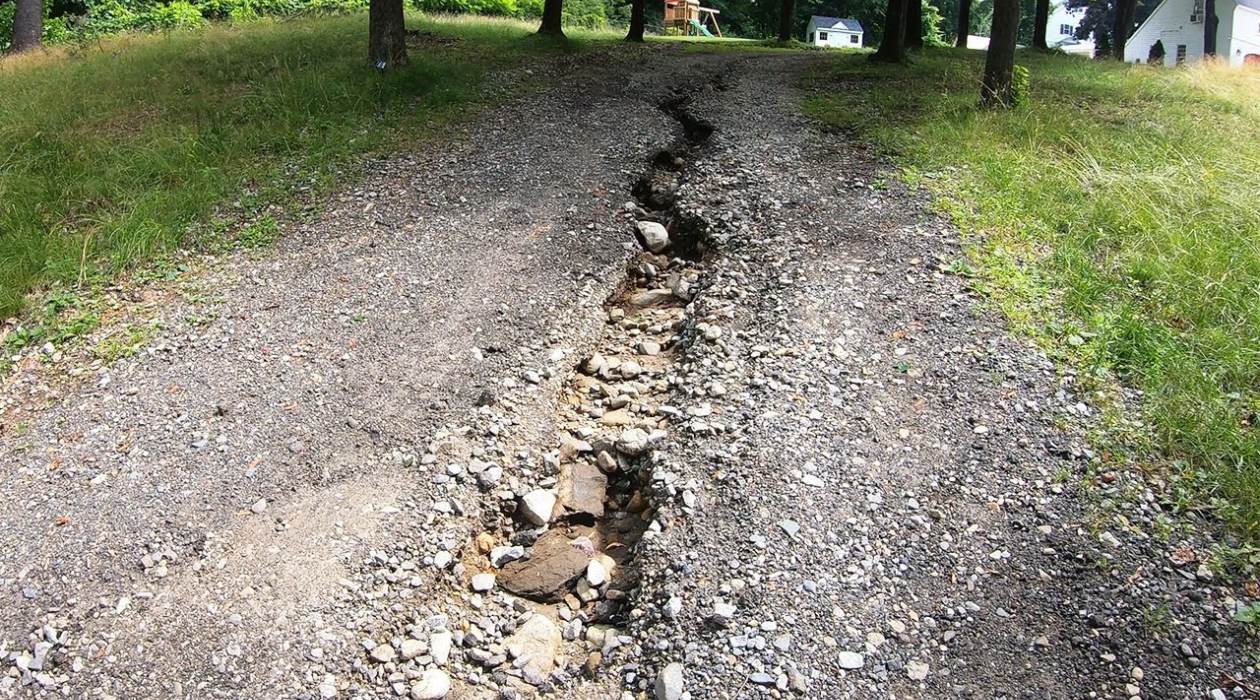
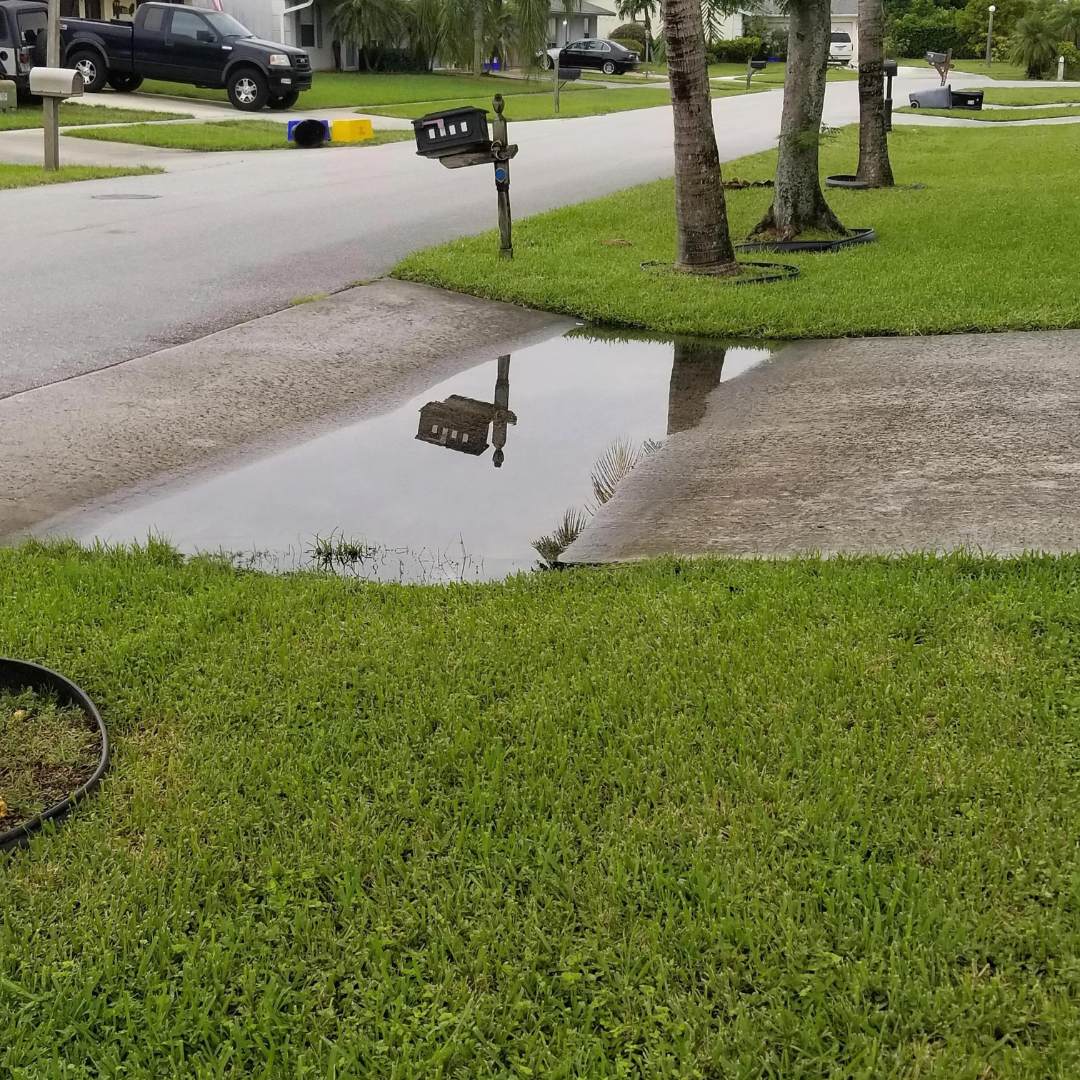
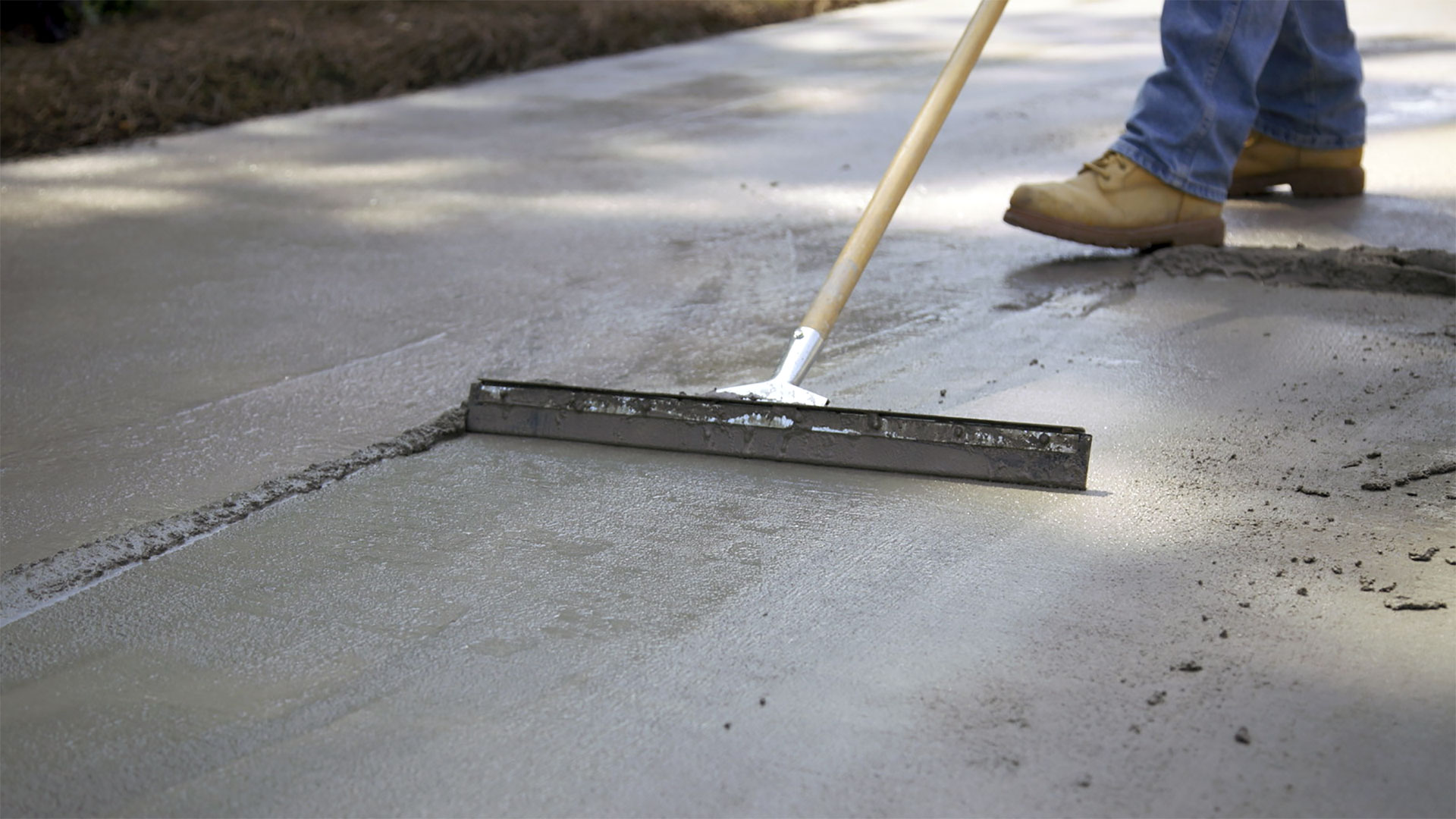
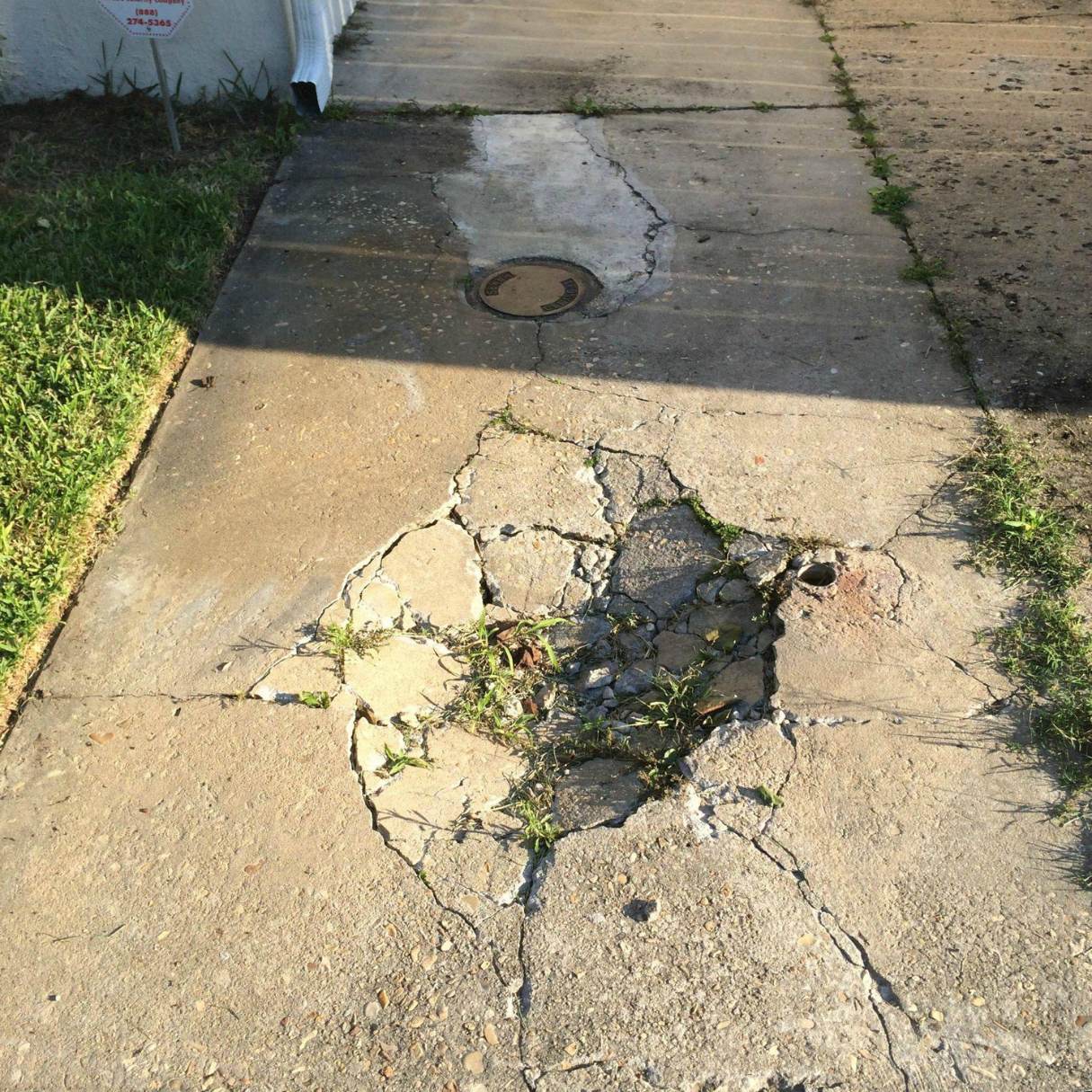
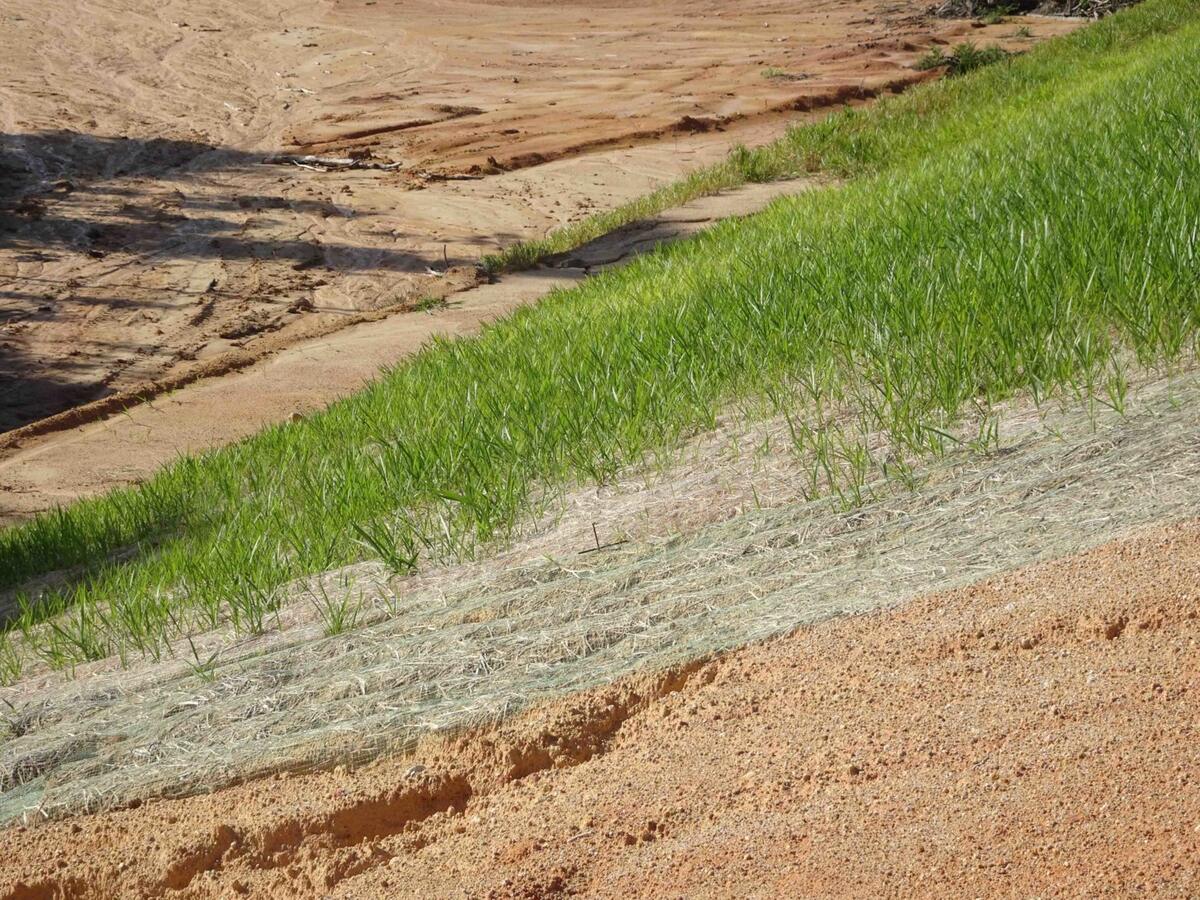
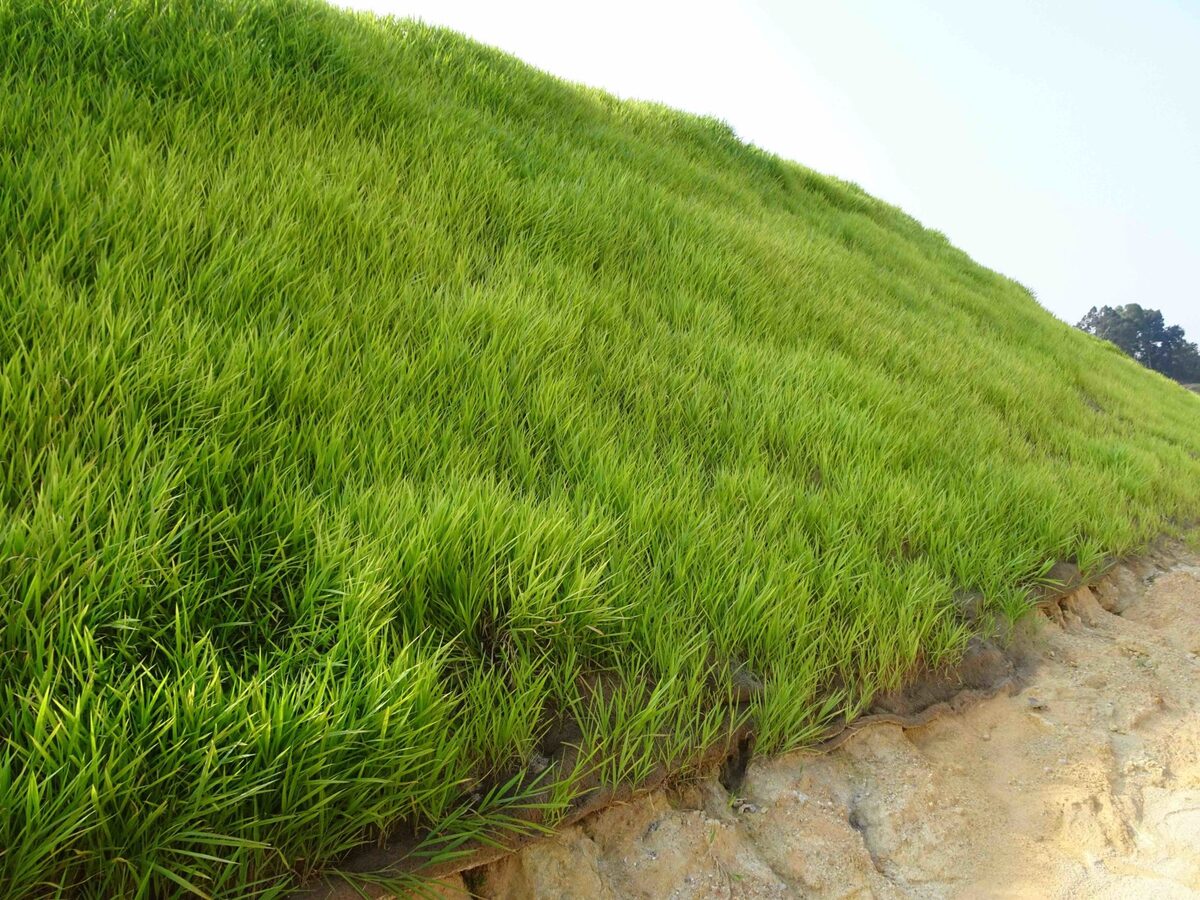

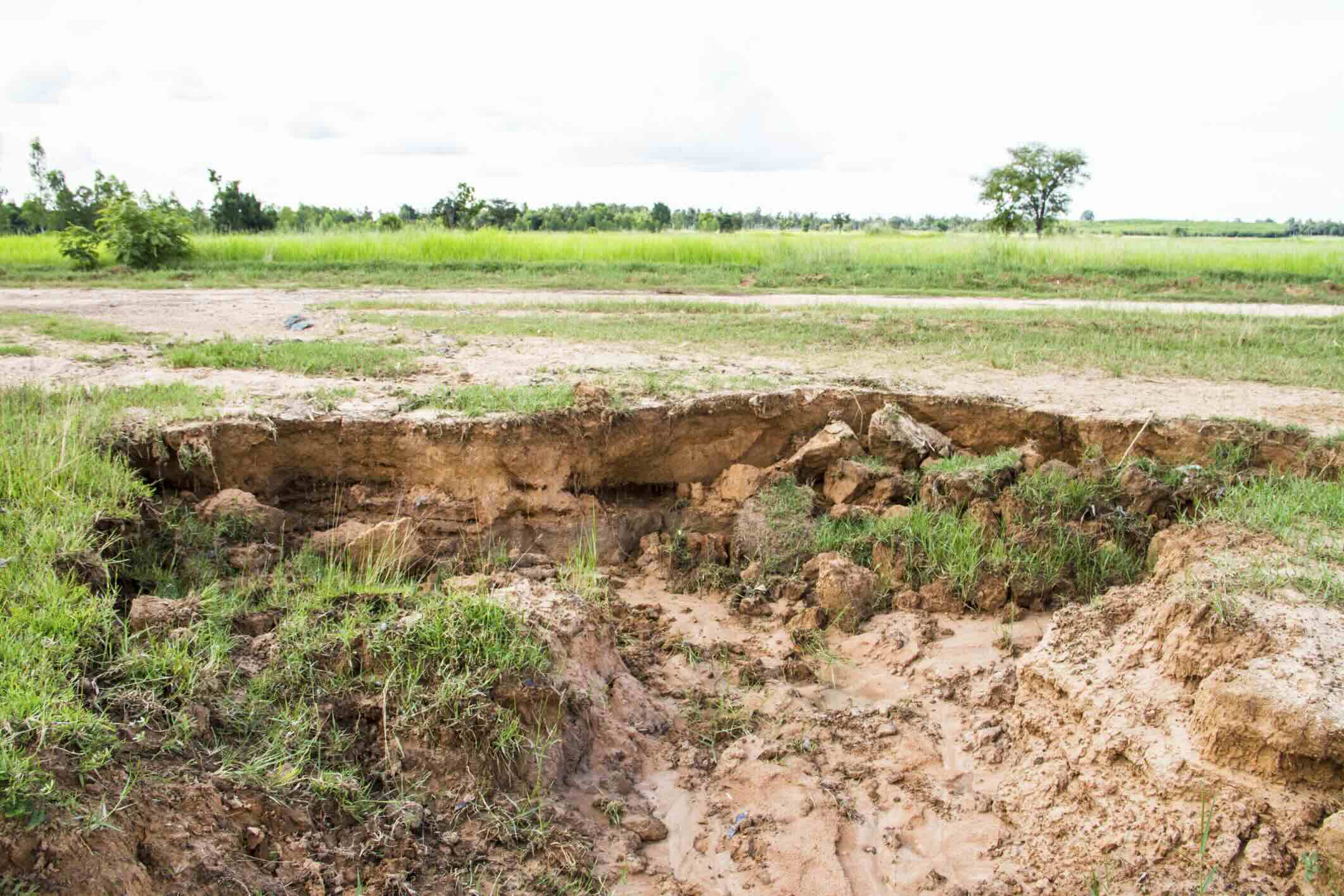
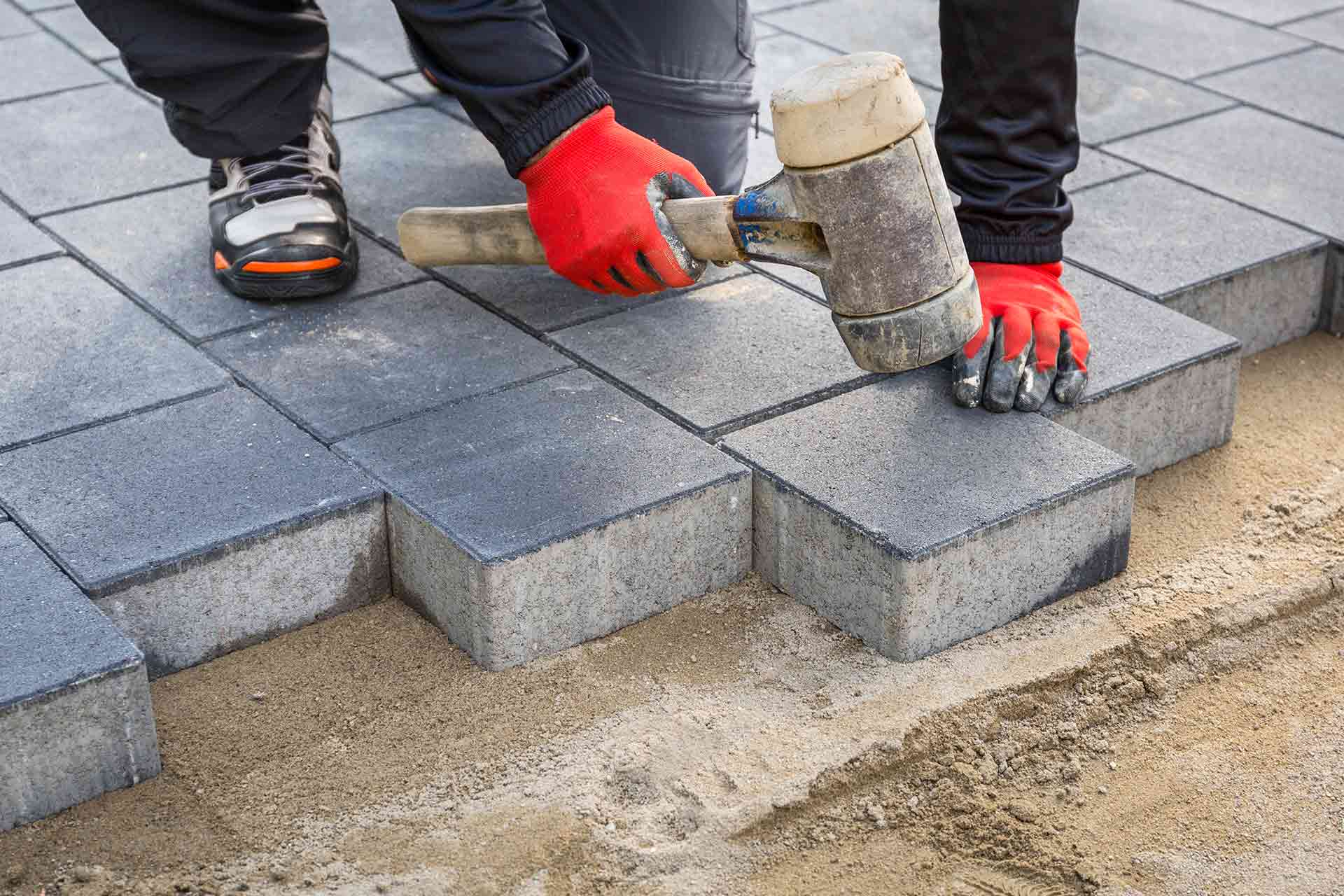
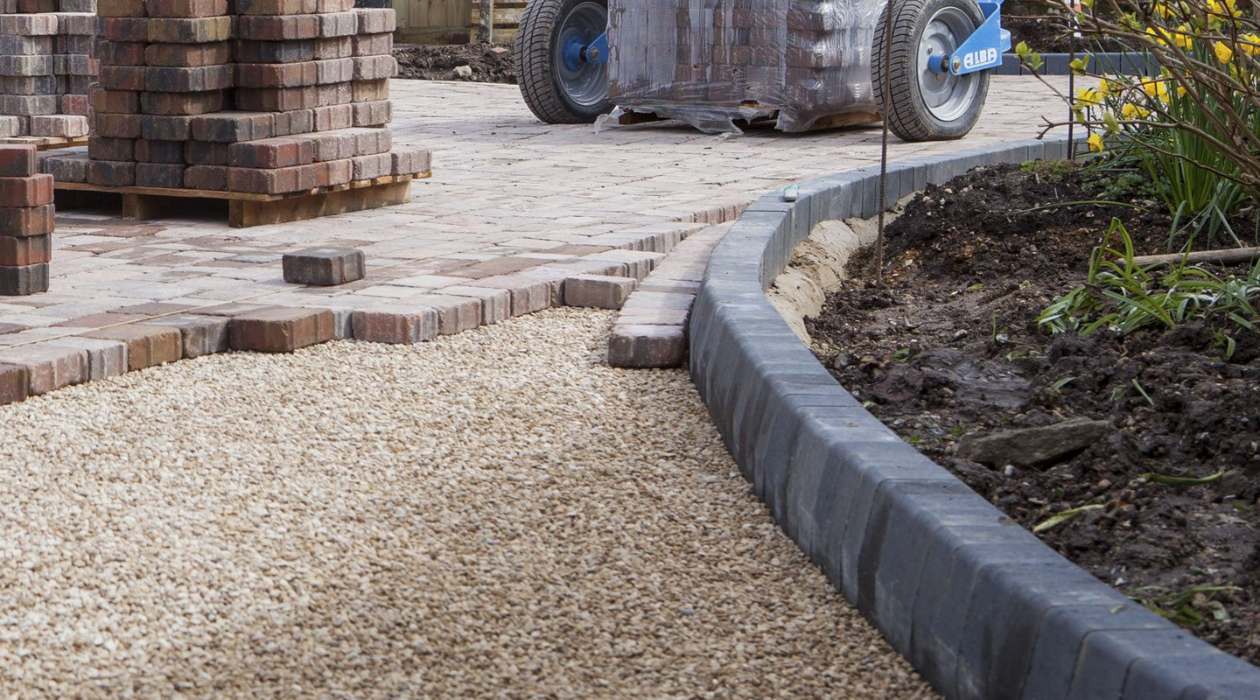
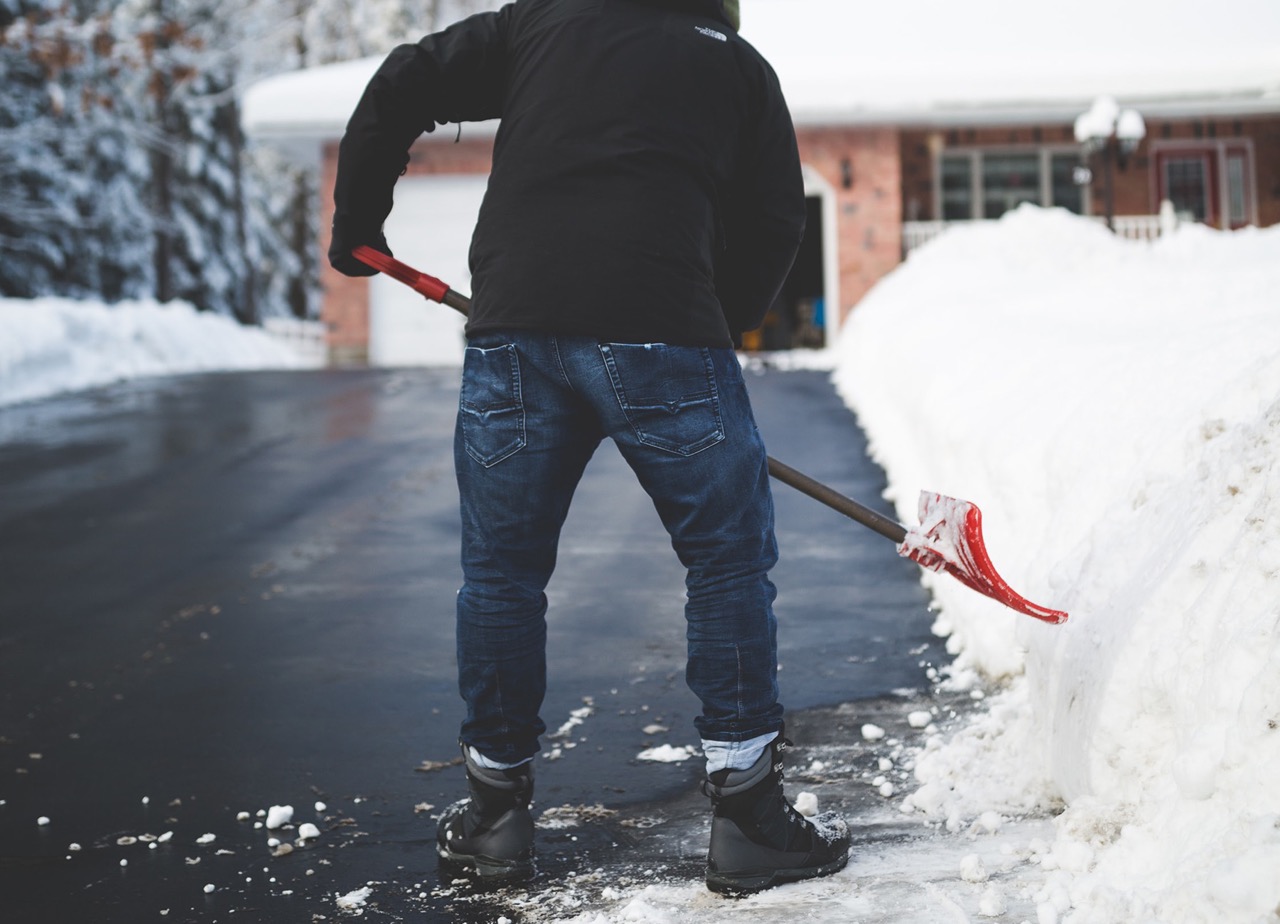
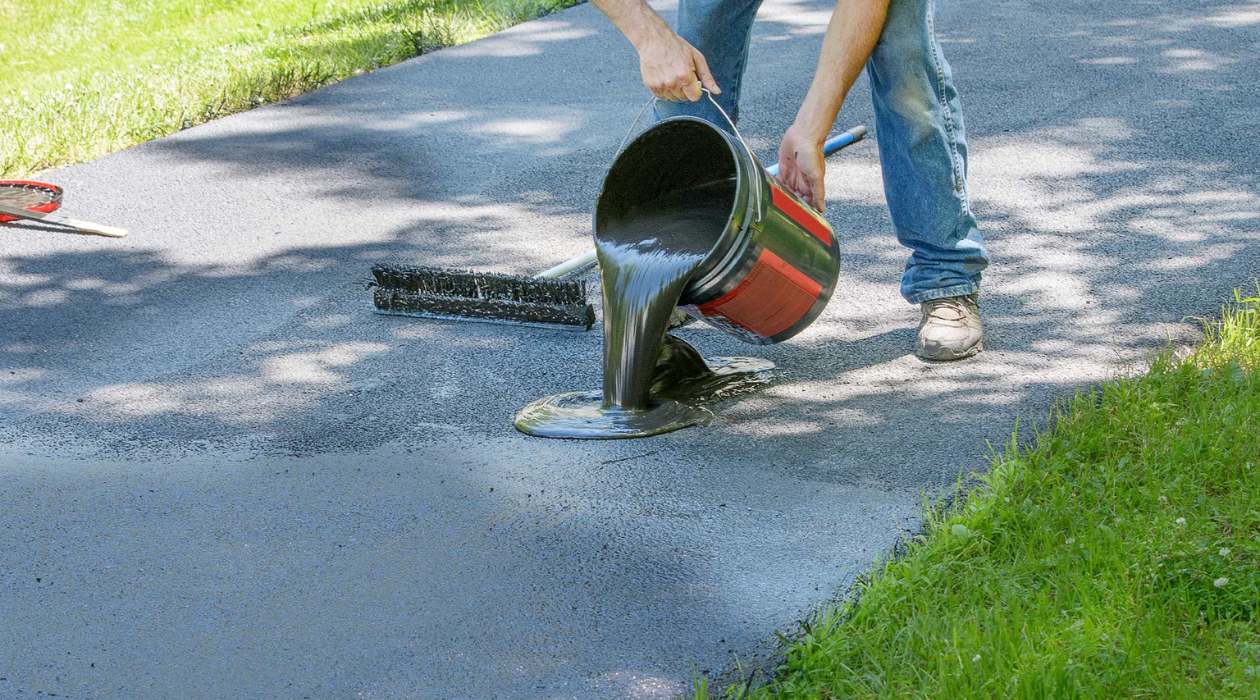

0 thoughts on “How To Fix Driveway Erosion”